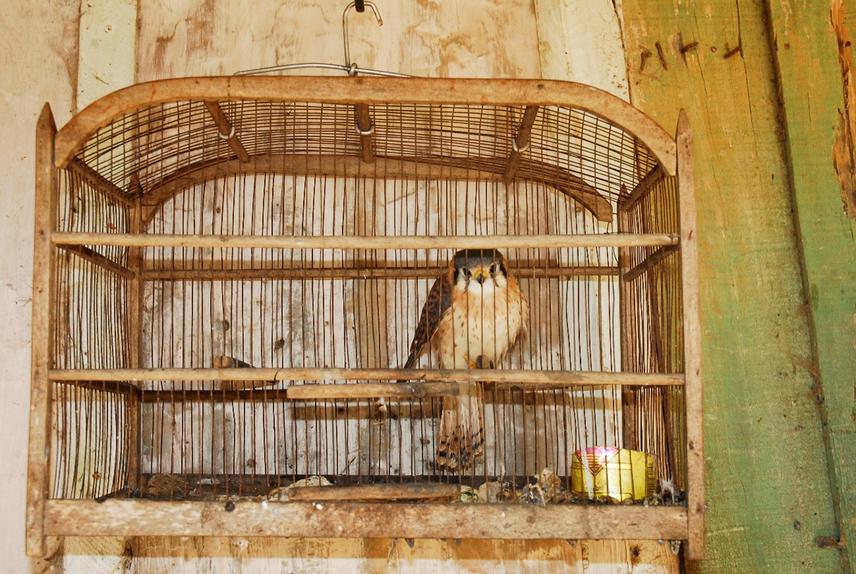Yarelys Ferrer Sánchez
Other projects
20 Sep 2011
Status and Conservation Strategy of Cuban Diurnal Raptors of a Ramsar Site in Cuba
19 Aug 2013
Status and Conservation Strategy of Diurnal Raptors of a Wetland in Cuba. Phase II
Our goals are to continue with objectives of previous RSGs, involving more sites in bird’s conservation activities and incorporating citizen science. Besides, we’ll increase the activities expanding our work to other communities, deepening the environmental campaign against raptor illegal trade and strengthening the monitoring program to increase knowledge on its ecology.

In previous RSGs we detected several threats to raptors in the wetland: habitat loss, increasing agriculture and cattle pasture area, killing poultry-eating and non-eating raptors, trapping Ospreys to use their talons as spurs, and theft to pet trade. These threats affect residents, mainly the endemic Cuban Black-Hawk and Gundlach’s Hawk included in IUCN. Tourism workers, farmers and conscienceless citizens are responsible for thefts and killing, causing problems to local populations and wildlife, because raptors have an important influence on the dynamic of ecosystems. Nevertheless, still exist limited knowledge about raptors' natural history and the effects of human activities on their ecology, poor implementation of laws, and insufficient environmental education level among citizens. Also, there is an increasing and surprising demand of raptor and other endemic birds as pets leading to uncontrolled illegal trade. Many citizens have a repulsive attitude towards the prohibition of having endangered species as pets. Besides, protected areas don't have enough personal to provide a deep education campaign, training and to develop citizen science that is necessary in this situation. Undoubtedly, tourism, agriculture and illegal wildlife trade will continue, if we don’t apply management activities and deepen the educative campaigns and studies, many local population of birds will become extinct.
Like previous stages of RSGs we will inculcate the high value of biodiversity and raptors to builders, farmers, local citizens and children with the training and education. Meantime, we’ll continue our work on creating qualified human capacities in protected areas and will improve the conservation efforts mitigating the impact of human activities on ecosystems. Activities with a citizen science approach bringing science to people and increasing interest and awareness by nature will be developed. We will facilitate the exchange of ideas, philosophy, curiosities through workshops where educators, scientists and citizens are involved. We will provide scientific advice to national authorities on the need to eradicate the wildlife illegal trade. Workers of protected areas will increase their capacity to develop inventories and surveys, to involve local residents in observations of wildlife, and to engage educators to broaden the scope of environmental education.
We will continue obtaining information of raptor ecology to model potential distribution of nesting areas. The effects of anthropogenic activities on demographic parameters will be analysed. All this information will be used in the raptor protection program to improve management strategies.